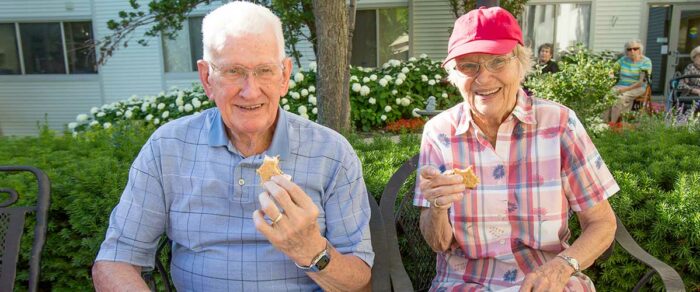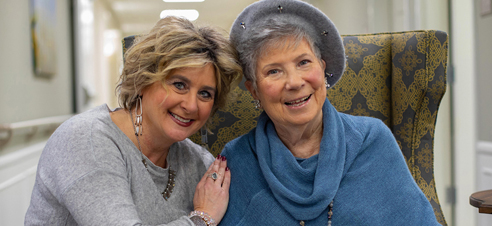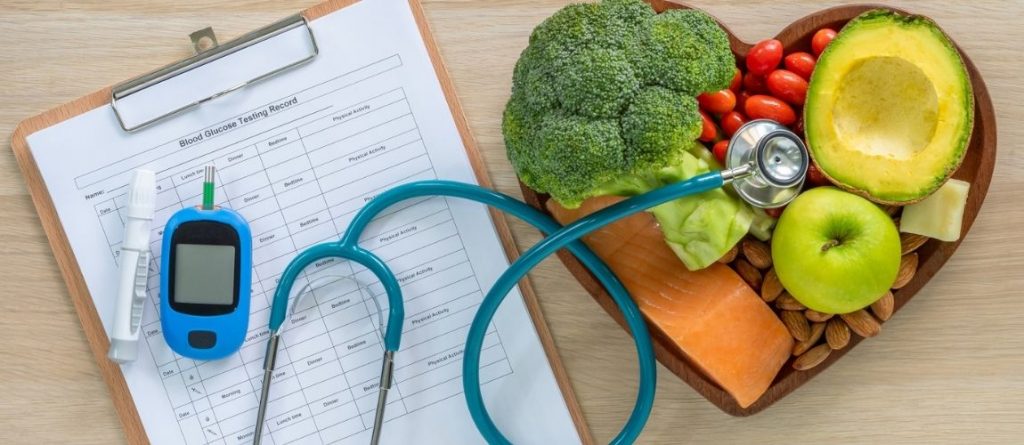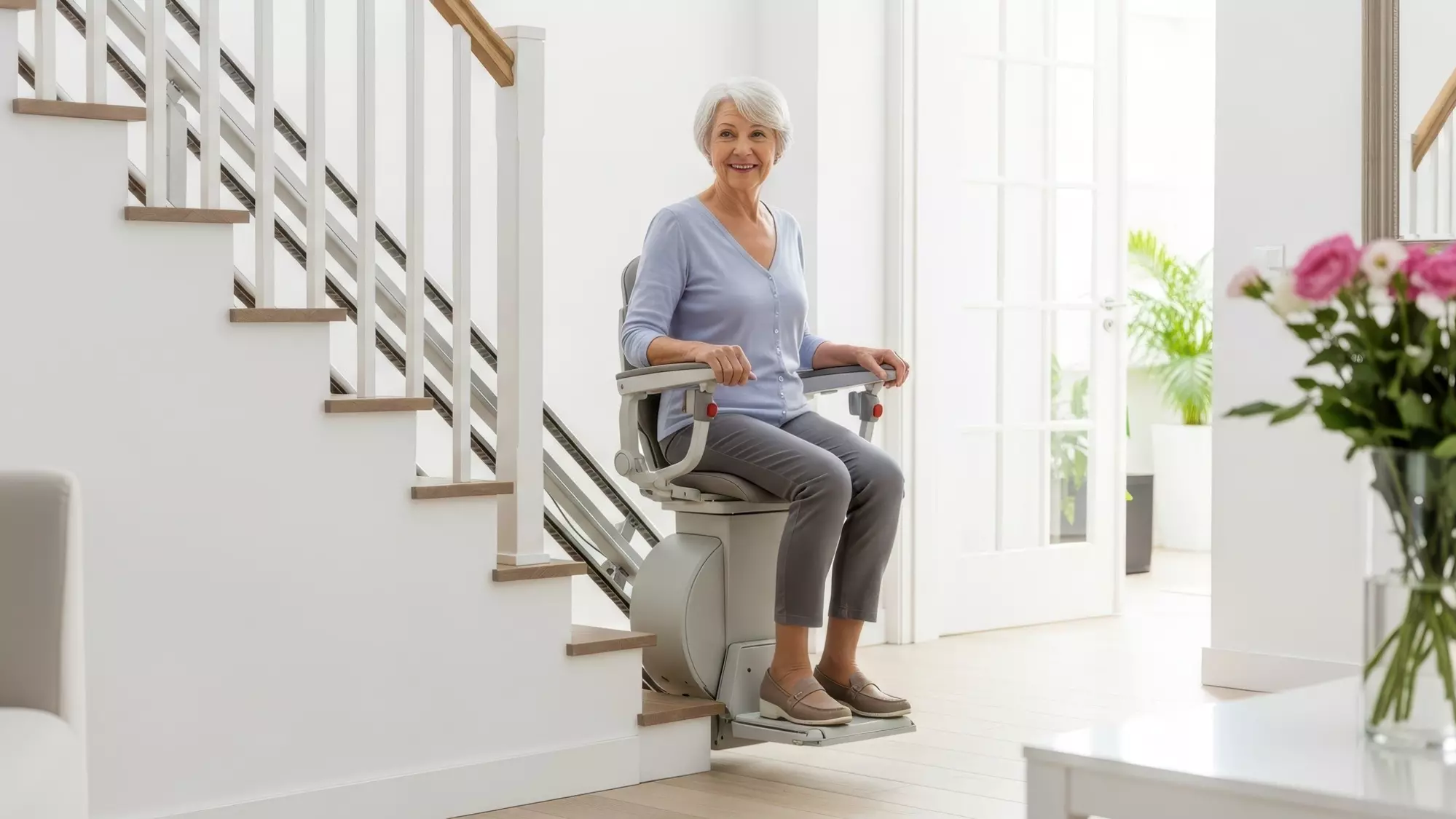May is National Stroke Awareness Month, which makes it an ideal time of year to share stroke prevention guidelines and cover the signs of a stroke (FAST).
As of 2020, strokes were the fourth leading cause of death for seniors in the United States, after heart disease, cancer and chronic respiratory diseases. Therefore, it’s important to be aware of what strokes are, how you might prevent them, and how to identify and come to the aid of someone having a stroke.
What Is A Stroke?
A stroke is caused by a blood clot, blockage or rupture that reduces blood flow to the brain. This lack of blood flow causes the stroke sufferer’s brain cells to die in that area. That is why someone suffering a stroke may have difficulty speaking, moving or seeing.
There are several different kinds of strokes, from Transient Ischemic Attacks (TIA), or mini-strokes, to Hemorrhagic Strokes, also known as “bleeds” or “ruptures.”
Strokes can result in long-term side effects or (in serious cases) death; however, if anti-clotting or other medications are given quickly before a rupture has occurred, full recovery can be possible. Surgery, though risky, also can save the life of a person experiencing a bleed.
It is vital to recognize the symptoms of a stroke to ensure the sufferer gets immediate medical assistance and it requires prompt action. The following are common signs of a stroke (FAST).
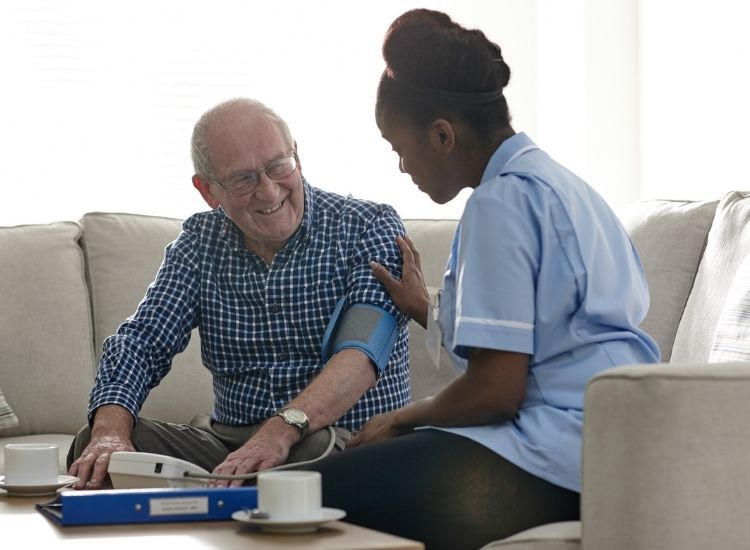
Identifying Stroke: Act FAST
The National Stroke Association came up with the acronym — F.A.S.T. — to help both health professionals and laypersons identify the signs of a stroke so one can act fast.
FACE: Is one side of the face drooping or is it uneven when the person smiles?
ARMS: Is one arm numb or appearing weaker than the other?
SPEECH: Is the person’s speech slurred or are you unable to understand what they’re saying?
TIME: If a stroke is happening, time is of the essence. If you notice any of the symptoms listed above, call 911 immediately.
Preventing Strokes
Who is most at risk for stroke? Stroke risk factors can be divided between two categories — preventable and non-preventable risks.
According to the Centers For Disease Control & Prevention (CDC), non-preventable risk factors include a family history of stroke as well as inherited genetic disorders such as sickle-cell disease. Other non-preventable risks include gender and age. Women are more at risk than men, and after age 55, risk of stroke doubles every 10 years.
Make sure to get an annual health screening and share your family health history with your doctor, as he/she may be able to help you take precautionary steps.
Preventable risk factors of stroke are associated with individual health, and include indicators such as weight, diet, exercise and smoking habits. Luckily, many strokes are preventable with proactive lifestyle changes.
If you see that you or a senior you care about could benefit from improved wellness measures, it’s time to take the right steps. Perhaps, literal steps — increasing daily exercise, modifying diet to increase nutritious foods and decrease caloric intake, and quitting smoking.
Related: What To Eat To Boost Your Immune System As A Senior
By paying attention to your individual health and working to make positive changes, you can decrease your risk of stroke.

Five Important Steps
The five lifestyle changes that can have the biggest impact on decreasing a person’s chances of suffering from a stroke include:
1. Lowering Blood Pressure
Begin by eating a diet focused on low-cholesterol foods, fresh fruits and vegetables, and lean meat or fish. Note: If you need tips on the right foods to eat, you can ask your doctor for a list or suggested menu to follow.
2. Exercising Regularly
Start exercising. Try to get the recommended 30 minutes of exercise five days per week. Another tip: Exercise doesn’t have to be boring. Find ways to be active that you enjoy, whether that be going for a walk around your neighborhood or local park, playing with your grandkids or taking up an athletic hobby such as tennis or golfing.
3. Losing Weight
Work with your doctor or a nutritionist to find a diet plan that will help you maintain a healthy weight. Focus on following a plan you can stick to. For motivational support, consider joining a group or challenging your friends or family members to lose weight together.
Related: The Health Benefits Of Yoga For Seniors
4. Quitting Smoking
Smoking can lead to high blood pressure, which can increase your risk of having a stroke. Talk with your doctor about his/her recommendations for smoking cessation. Get all the support you can to stop, including asking friends and family for encouragement, finding a support group and asking others who have quit what worked for them.
5. Drinking Alcohol in Moderation
Alcohol can contribute to a number of stroke risk factors including high blood pressure and atrial fibrillation (irregular heartbeat) and can even interfere with medicine designed to reduce the risk of a stroke. Most health organizations recommend limiting alcohol intake to two drinks per day.
Join A Community That Looks Out For One Another
At Independence Village senior living communities, we continue to educate and work with our staff, residents and families about the signs of stroke and prevention methods. Knowing what to look for and tactics for preventing them can ultimately help protect you and your loved ones from suffering the damages of a stroke.
Disclaimer: This information in this blog is not a substitute for medical advice from your physician. Please talk with your doctor about ways you can prevent stroke.



